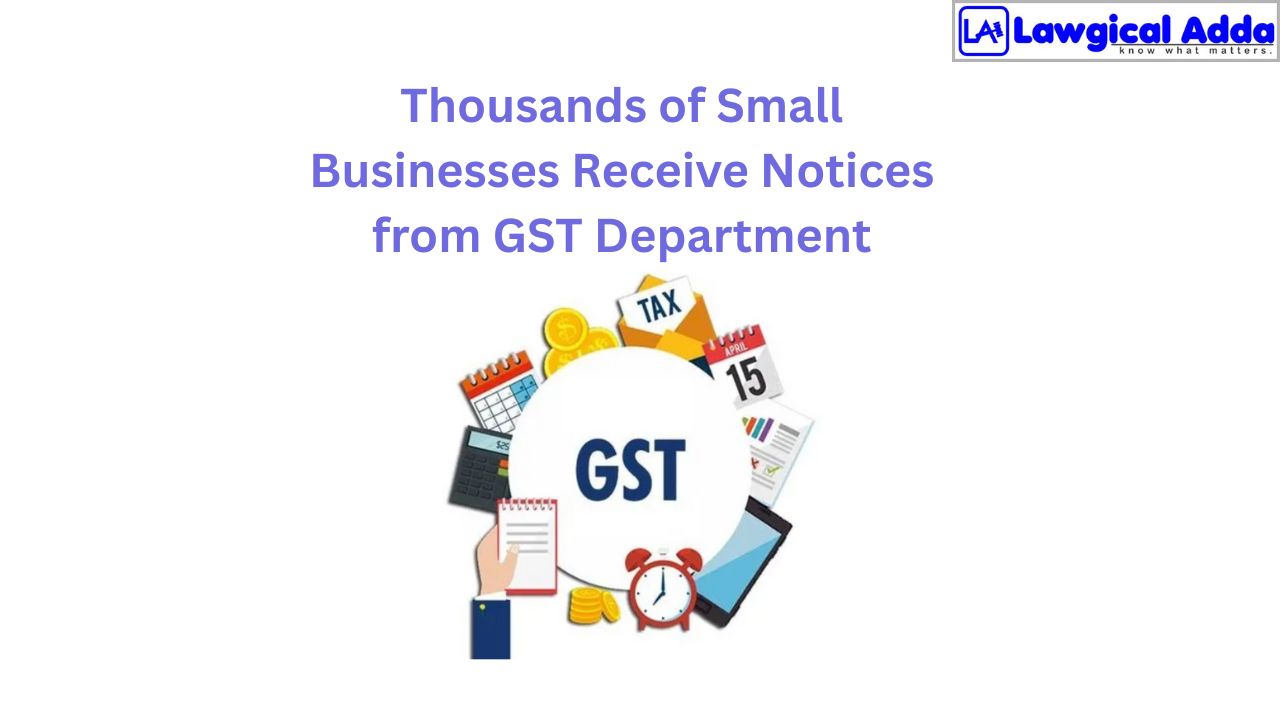Right Issue: Weighing the Advantages and Disadvantages

Table of Contents
Within the ever-changing realm of corporate finance, businesses frequently look for novel ways to increase their funding and spur expansion. A rights issue is one such method that companies use strategically to acquire cash while retaining ownership integrity and shareholder control.
The right issue is a method for companies to raise additional capital by offering existing shareholders the opportunity to purchase more shares, but it has both advantages and disadvantages.
Why Is This the Right Issue?
To generate money, a business would offer a rights issue. Should present owners decide to purchase the extra shares, a company might utilize the cash to pay off debt, buy assets, or support growth without needing to obtain a bank loan. There are various advantages and disadvantages of the right issue in practice.
Different Right Issue Types
Renounceable Right Issue: In this case, an existing shareholder may assign to a third party, who may not even be a shareholder in the company, the right to subscribe for and issue shares.
Non-Renounceable Right Issue: In this case, the shareholder’s choices are limited to either buying or skipping the shares. They are not permitted to assign their subscription rights.
Advantages Of The Right issue
The advantages of using the right issue of shares as a fundraising strategy are listed below:
- The appropriate issue provides a less regulated, faster way to raise money than public offerings. It mostly involves internal procedures; before issuing additional shares, listed businesses must submit a letter of offer to SEBI and stock exchanges for public review and approval.
- The ability of the right issue to help promoters increase their shareholding is a major benefit. By subscribing to the “unsubscribed portion” of the problem, shareholders can increase their ownership stake in the business.
- Companies set a record date to identify the qualified shareholders who can take part in the rights issue. Companies can issue rights at a reduced cost thanks to this technique, which encourages participation from shareholders. It also makes it easier to raise the required funds by maximizing subscriptions.
- The safest way to raise money is clearly by raising the appropriate topic. It provides an advantageous path for capital expansion, allowing enterprises to expand without taking on more debt.
Companies can raise the necessary capital from current shareholders through the appropriate issuance without changing the conditions of their ownership percentages, so removing the requirement for debt financing.
- For current shareholders, this is an important benefit because it keeps their stake in the business intact. The ownership of current shareholders is diluted when a corporation issues new shares through a public offering since there are more shares outstanding overall.
On the other hand, pre-emptive rights to buy more shares in proportion to their current holdings are granted to shareholders in a rights issue. This guarantees that, even after the new shares are issued, their ownership stake and voting power will not be diminished. Those shareholders who appreciate their influence and ability to vote within the corporation will find this very intriguing.
- Current shareholders have the chance to raise their ownership stake in a company at a discounted price through the right issue of shares. It is less expensive than issuing public shares. The business saves a tone of money on things like underwriting costs and advertising.
Disadvantages of Right Issue:
The disadvantages of using the right issue of shares as a fundraising strategy are listed below:
- One important drawback of a right issue is that it limits the amount of capital that a business may raise, especially in comparison to initial public offerings. The maximum amount of money a corporation can raise through a right issue is typically restricted by stock exchanges.
It is frequently based on the equity valuation of the company as of right now. As a result, if a company’s stock is cheap, raising money through the right issue could put a strain on its finances. The business might need help to raise further money and fall short of its goal. This could occur if the company’s current investors are not very motivated to make more investments.
- Legal fees, administrative expenses, and regulatory filings are all part of implementing a rights issue. When compared to less complicated fundraising techniques, they demand a large initial financial outlay as well as time.
Businesses must manage the subscription process, create and disseminate offer materials, and communicate with regulatory agencies. Businesses with little funding or short lead times may be discouraged by this increased administrative burden and related expenses.
- The ownership stakes of present shareholders may be diluted if a corporation issues more equity shares to raise funds. The percentage of ownership held by current investors declines as new investors acquire shares. Current shareholders may be concerned about this dilution since it may reduce their ownership and influence over the business.
- The choice to issue the right shares can frequently be seen as an indication of a company’s financial difficulties or liquidity issues. When a respectable company uses the right issue, it may cause the market to become unfavorable.
Investors and shareholders may believe that the company is having difficulty running its business smoothly, which could be detrimental to the company’s reputation and stock performance.
Lawgical Adda offers our clients sufficient support and direction in handling a range of corporate concerns, including company incorporations, statutory audits, ROC compliances, company winding up, ITR filings, TDS compliance, and associated services. Don’t hesitate to get in touch with us if you have any inquiries or would like additional information concerning the proper issuance of shares.
FAQs
What benefits does the right share offer?
Since right shares can be bought for less than what they would cost on the open market, they are more appealing to current shareholders who can do so because they are typically given at a discounted price.
Is there a good or bad rights issue?
The market could see a rights issue as a red flag, indicating a business may be having trouble. Investors may even decide to sell their shares as a result, which would lower the price.






